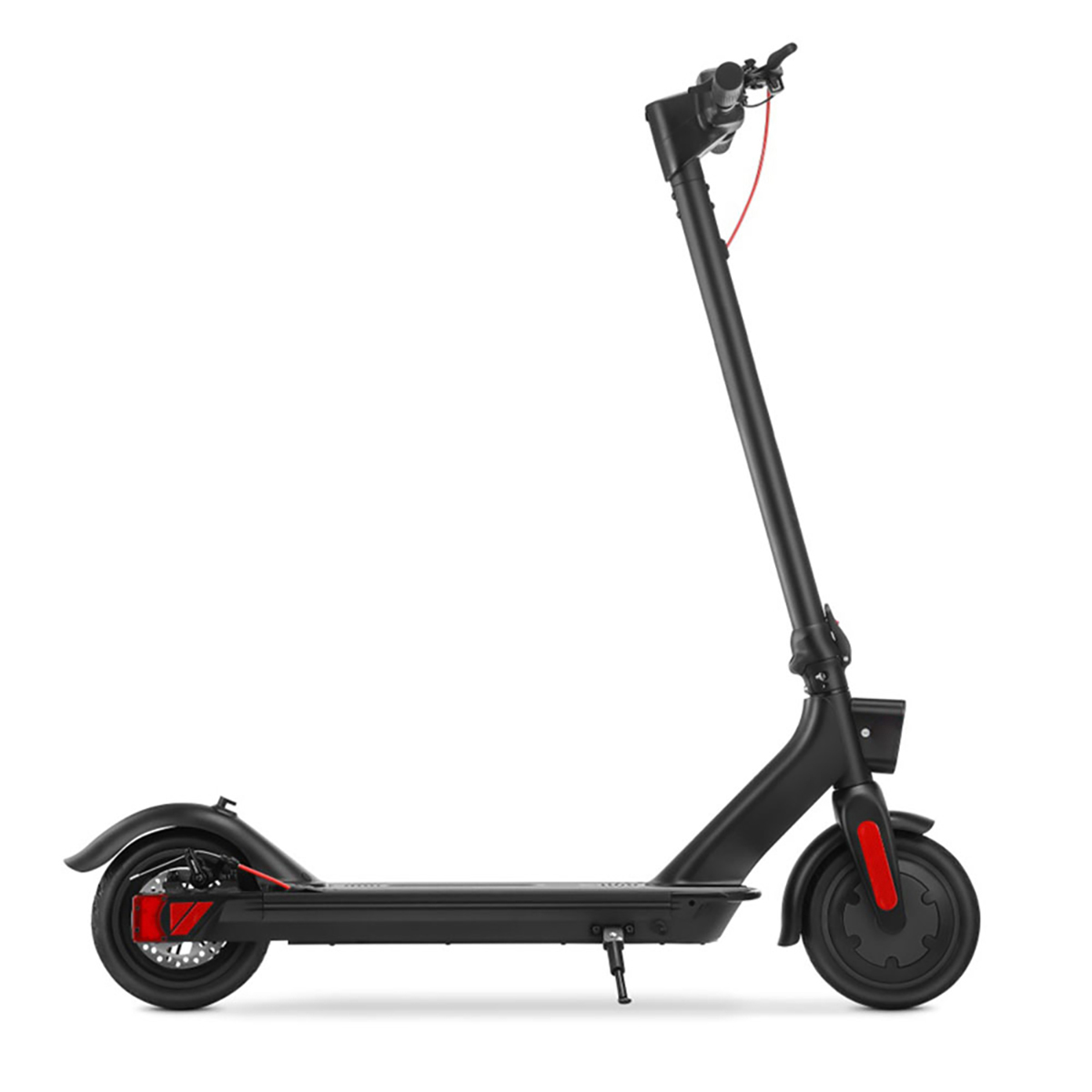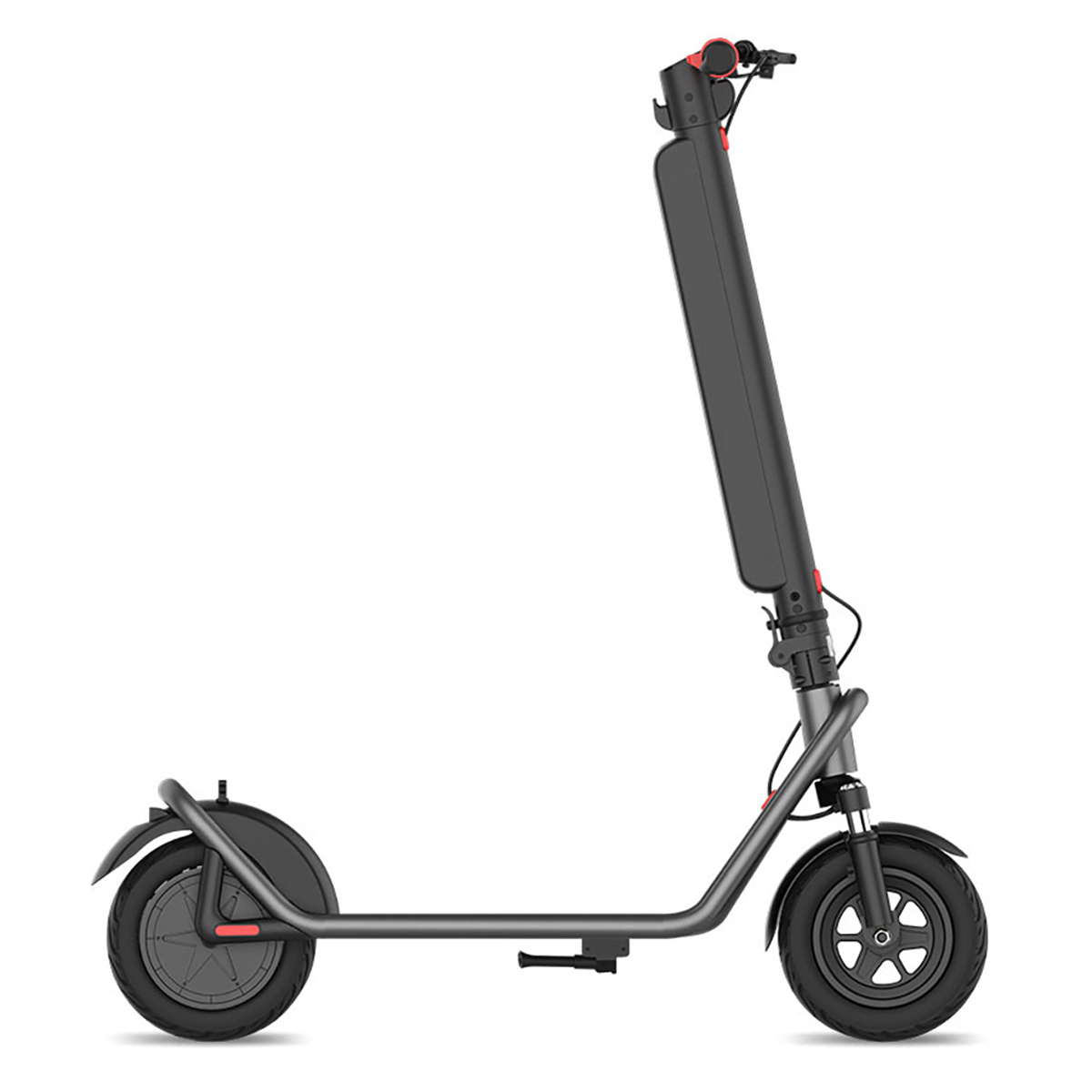Electric bicycles, or e-bikes, have gained immense popularity in recent years due to their eco-friendly nature and energy-efficient design. They provide an excellent alternative to traditional gasoline-powered vehicles, reducing greenhouse gas emissions and promoting sustainable transportation. However, to truly maximize the environmental benefits of ebikes, it is crucial to address the sustainability of their batteries.

What are Ebike Batteries Made of
Electric bike batteries are typically made of lithium-ion (Li-ion) or lithium-polymer (LiPo) cells. These types of batteries are commonly used in various portable electronic devices due to their high energy density, lightweight design, and long cycle life. Here’s a breakdown of the key components and materials used in ebike batteries.
Lithium-ion or Lithium-polymer cells: The core of ebike batteries consists of individual cells made from lithium-ion or lithium-polymer chemistry. These cells store electrical energy and provide the power needed to drive the electric motor of the ebike.
Anode and Cathode materials: Manufacturers typically make the anode (negative electrode) from graphite, while the specific type of lithium-ion chemistry used determines the cathode (positive electrode). Common cathode materials include lithium cobalt oxide (LiCoO2), lithium manganese oxide (LiMn2O4), lithium iron phosphate (LiFePO4), and lithium nickel cobalt manganese oxide (LiNiCoMnO2).
Electrolyte: The electrolyte is a lithium salt dissolved in a solvent, which allows ions to move between the anode and cathode when the battery is charged or discharged. Common electrolytes include lithium hexafluorophosphate (LiPF6) or lithium carbonate (Li2CO3) dissolved in a solvent such as ethylene carbonate (EC) and dimethyl carbonate (DMC).
Separator: A separator made of a porous material, often a thin layer of polyethylene or polypropylene, is used to keep the anode and cathode from directly touching each other. This prevents short circuits while allowing the flow of lithium ions.
Casing: The battery cells are typically enclosed in a protective casing made of plastic or metal to ensure safety and prevent damage to the cells. The casing also provides structural support for the battery pack.
Battery Management System (BMS): Ebike batteries incorporate a BMS, which is an electronic control system that monitors and manages the performance and safety of the battery. The BMS helps regulate charging and discharging. It also prevents overcharging or over-discharging and can provide battery status information to the e-bike’s display or controller.
Wiring and Connectors: Wiring and connectors are used to connect the individual battery cells in a series or parallel configuration to achieve the desired voltage and capacity for the ebike. They also facilitate the connection between the battery and the ebike’s electric motor and controller.
Overall, the choice of materials and specific design for ebike batteries varies among manufacturers and models. However, lithium-ion and lithium-polymer technologies remain the most common due to their favorable balance of energy density, weight, and reliability.
Benefits of Recycling Ebike Batteries
Resource Conservation: Recycling allows for the recovery of valuable materials such as lithium, cobalt, and nickel, reducing the need for mining and extraction. This conserves natural resources and reduces the environmental impact of resource extraction.
Pollution Reduction: Recycling prevents the release of harmful chemicals and heavy metals from decomposing batteries, reducing soil and water pollution.
Energy Efficiency: Recycling consumes less energy than mining and refining new materials, contributing to energy conservation and lower carbon emissions.
E-Waste Mitigation: Proper recycling of ebike batteries prevents them from becoming electronic waste, reducing the burden on landfills and minimizing the risk of hazardous materials leaching into the environment.
How to Dispose of Your Ebike Battery Properly
Recycling Centers: Seek out local recycling centers that accept lithium-ion batteries or refer to disposal instructions available at DSNY. Many places have designated e-waste recycling facilities that can handle these batteries safely.
Manufacturer Programs: Some ebike manufacturers offer take-back and recycling programs for their batteries. Check with the manufacturer or their website for information on how to return your battery.
Retailer Take-Back: Some ebike retailers may accept old batteries for recycling when you purchase a new one. Inquire about their battery disposal policies.
Check Local Regulations: Research your local regulations regarding battery disposal and follow them carefully. Some areas may have specific guidelines for handling lithium-ion batteries.
Transportation Safety: When transporting a discarded battery, remember to package it properly to prevent short circuits or damage during transit. This helps mitigate safety risks.
By responsibly recycling ebike batteries, you can contribute to the sustainability of electric transportation. Meanwhile, it can also reduce the environmental footprint of this eco-friendly mode of travel.
Conclusion
Even the smallest actions are significant. In fact, they can yield the most significant impacts! After all, you never know how many of the 12 million electric bike batteries projected to be sold from 2020 to 2030 will be properly handled and recycled. If you’re reading this article, you’re most likely one of the many responsible electric bike consumers during this period.









